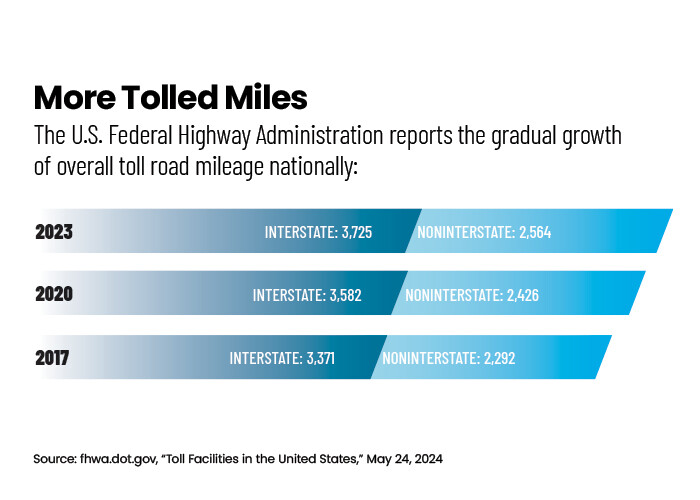Authorities Invest in Cloud for Scale and Access
One tollway organization that’s turned to the cloud is Elizabeth River Crossings, which operates and maintains two major tunnels connecting the cities of Portsmouth and Norfolk, Va.
Like the Kansas Turnpike Authority, ERC uses open road tolling. There are no toll booths, gates or special lanes, and tunnel drivers can pay with their transponders or through the company’s pay-by-plate camera system.
Prior to 2019, says Jim Doerflinger, ERC’s chief of technology, he and his colleagues spent much of their time managing two physical data centers in separate leased facilities.
“It was a lot of aging hardware, a lot of software, a lot of licensing, and they were difficult to maintain,” he says. “We were always worrying about our infrastructure, and it was distracting to our core operation.”
Things came to a head when the facility housing ERC’s primary data center said that that it needed to move. “We took a look at what we had — the 8-year-old servers with dust on the cables — and that’s when we decided to migrate to the cloud,” Doerflinger recalls.
READ MORE: Cloud delivers a modernized tech experience for state and local governments.
With regard to technology, tolling can be separated into two basic categories. “There’s everything you have out on the road,” Doerflinger explains, “and then there’s all the magic that happens in the back office.” In ERC’s case, it opted to shift its back-office systems to Amazon Web Services.
“Our servers, our database, code, website — we just found the matching services that Amazon offered and stitched them all together.”
Cloud Overcomes Limitations of On-Premises Processing
For ERC, cloud adoption has allowed it to operate more efficiently while running “extremely lean,” Doerflinger notes. The company has only three employees on its in-house technology team, and yet they’re easily handling transactions associated with close to 100,000 vehicles per day.
About 1,500 miles away, in Austin, Texas, the Central Texas Regional Mobility Authority has also looked to the cloud to modernize its tolling operations. In 2022, the agency launched a customized, in-house platform for managing data collected from its cashless roadway systems. Vehicles equipped with electronic tags mounted on the inside of their windshields have the price of tolls automatically debited from their associated accounts. Alternatively, those without toll tags are recorded by overhead cameras and billed for their passage by mail.














